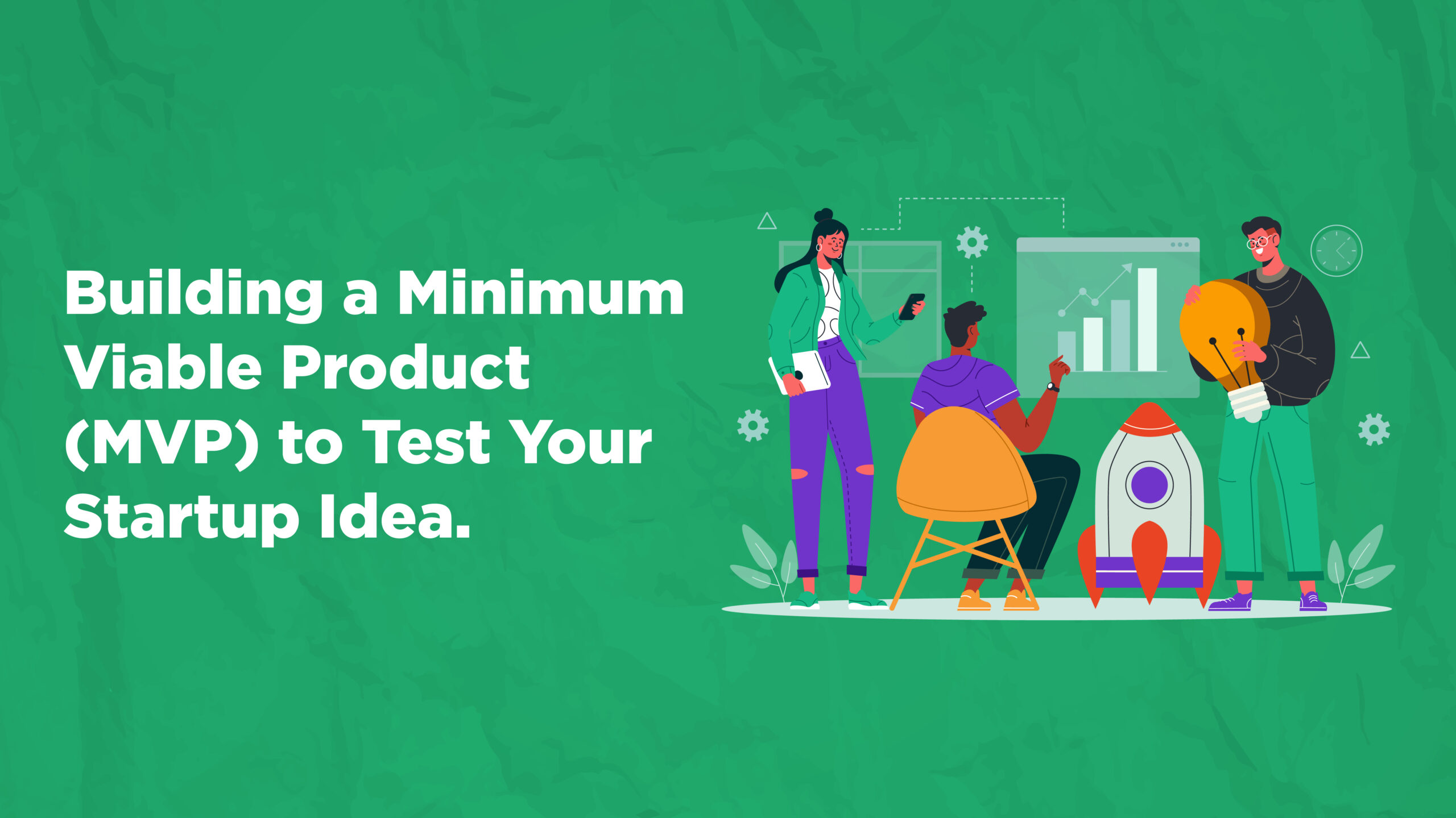The entrepreneurial spirit grows by envisioning groundbreaking solutions. However, the graveyard of startups is littered with ideas that never met market validation. Here’s where the Minimum Viable Product (MVP) emerges as your knight in shining armor.
An MVP is a strategic product iteration designed to efficiently test a core hypothesis with the minimum set of features. It’s a cost-effective method to gather real-world user feedback and gauge market fit before significant resource investment. Studies reveal a staggering 90% failure rate among startups according to Startup Genome. The MVP approach combats this by enabling early course correction and product iteration based on user data.
The Power of the Minimum Viable Product (MVP):
- Reduced Risk: Validate core assumptions and identify potential flaws early, minimizing wasted resources on unvalidated ideas.
- Rapid Validation: Gather real-world user feedback quickly, allowing for swift product iteration and improvement cycles.
- Cost Efficiency: Focus on core functionalities, minimizing upfront development costs and enabling a more agile approach.
- Investor Magnet: A well-developed MVP with positive user traction can be highly attractive to potential investors.
Building a Winning Minimum Viable Product (MVP): A Step-by-Step Guide
Unearthing the Problem You Solve
- Market Research: Conduct comprehensive market research to identify existing solutions and understand user pain points. Analyze industry trends and competitor landscapes.
- Problem Validation: Don’t rely on assumptions! Talk to potential customers through user interviews and surveys to validate the problem you’re addressing.
- Tools: Leverage tools like Google Forms or SurveyMonkey to streamline user surveys.
- Key Fact: According to the Startup Genome Report, a staggering 42% of startups pivot their initial business model after validating their MVP. Early problem validation is crucial!
Defining Your Ideal Customer
- Develop Buyer Personas: Create detailed profiles of your ideal customer, encompassing demographics (age, location, income), psychographics (values, interests), and online behavior.
- Customer Segmentation: If your target market is broad, segment it into smaller groups with specific needs and pain points.
- Tools: Utilize user persona creation tools like Xtensio or MakeMyPersona for a structured approach.
- Knowledge Bite: Understanding your ideal customer is the cornerstone of building a product that truly resonates with their needs and solves their problems.
Establishing Measurable Goals and Success Metrics
- SMART Goals: Clearly define what you want to achieve with your Minimum Viable Product (MVP). These goals should be Specific, Measurable, Achievable, Relevant, and Time-bound.
- Success Metrics: Determine how you’ll measure progress toward your goals. Examples include website clicks, app downloads, conversion rates, user engagement metrics, and Net Promoter Score (NPS).
- Tools: Implement project management tools like Trello or Asana to effectively define goals and track metrics.
Prioritizing MVP Features
- Core Functionality Focus: Identify the minimum set of features that deliver your value proposition and address the core user problem.
- The Pareto Principle (80/20 Rule): Aim to include the 20% of features that will deliver 80% of the value to your users.
- Knowledge Bite: Prioritization is paramount for building a successful MVP. Don’t get bogged down in feature creep; focus on core functionalities!
Selecting Your Minimum Viable Product (MVP) Development Approach
- Landing Page with Signup Form: This is a simple and cost-effective way to gauge user interest before building a full product.
- Clickable Prototype: Create a basic prototype with limited functionality to test user interaction and validate core concepts.
- Concierge MVP: Manually deliver your core service to a small group of users to gather feedback and test the value proposition.
- Tools:
- Landing page creation tools: Wix, Unbounce
- Prototyping tools: Figma, Adobe XD
- According to StartupLabs, a significant 63% of startups leverage landing pages as part of their MVP strategy.
Design, build, and launch!
- Usability Matters: Ensure your Minimum Viable Product (MVP) offers a user-friendly experience, even with a limited feature set. Focus on intuitive navigation and clear value communication.
- Iterative Design: Rapid prototyping tools allow for quick design iterations based on user feedback.
- Knowledge Bite: Usability testing with a small group of target users can significantly improve your MVP’s effectiveness.
Gathering Feedback and Learning
- Active User Feedback: Solicit feedback through surveys, user interviews, and website analytics. Ask users about their experience, challenges encountered, and suggestions for improvement.
- Data Analysis: Analyze quantitative data from website analytics and user behavior to identify usage patterns and areas for improvement.
- Tools:
- Survey tools: Google Forms, SurveyMonkey
- Analytics tools: Google Analytics
- According to a study by UserTesting.com, fixing usability issues based on user feedback can improve conversion rates by as much as 400%.
The Never End Loop!
- Feedback Loop: Continuously analyze user feedback and data to refine your MVP. Prioritize improvements based on user needs and pain points.
- Agile Development: Adopt an agile development methodology that allows for rapid iterations based on user feedback. This enables you to build a product that truly resonates with your target market.
The MVP Journey: A Continuous Cycle
Building a successful startup is a marathon, not a sprint. The Minimum Viable Product (MVP) is the first crucial step in this journey. By following these steps and embracing the iterative process, you can transform your dream into a market-validated product with a strong foundation for future growth.
So, take that first step, unleash the power of the MVP, and watch your startup dream take flight!

